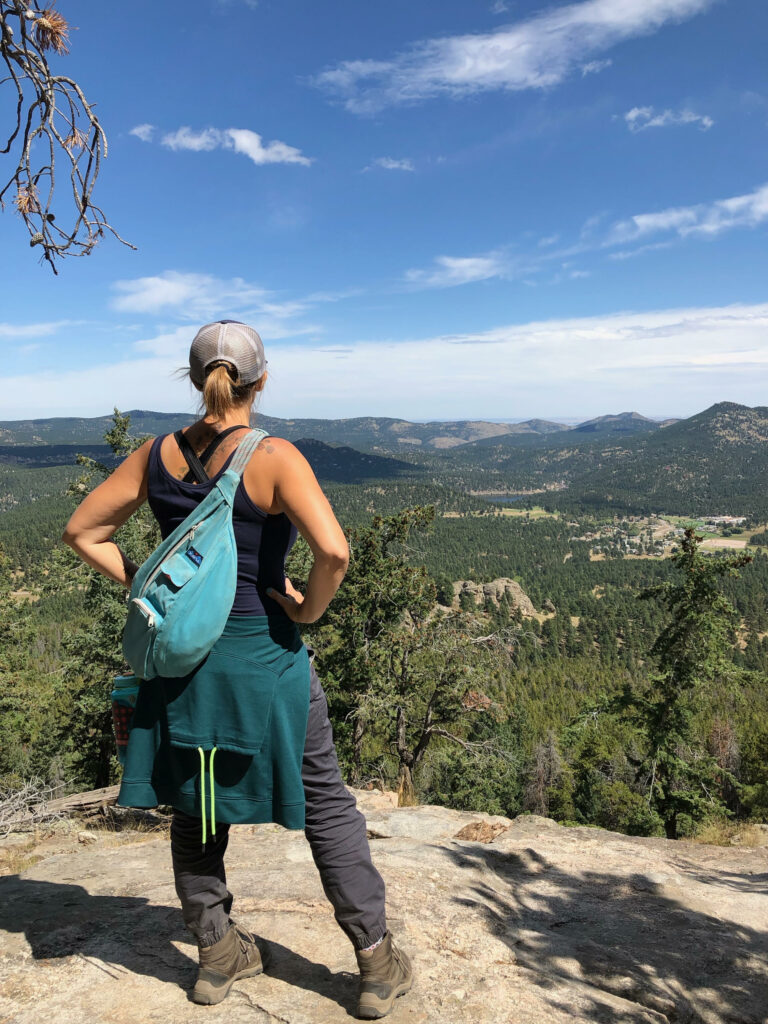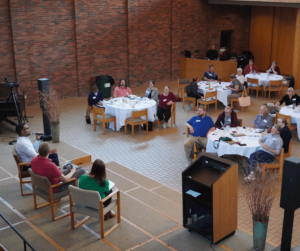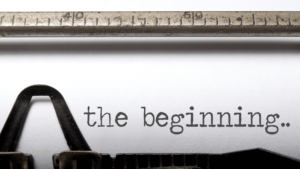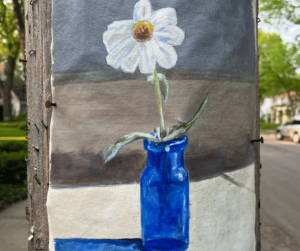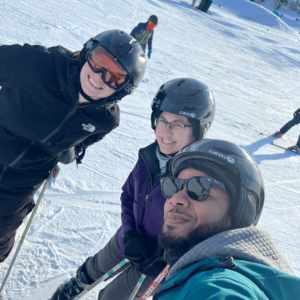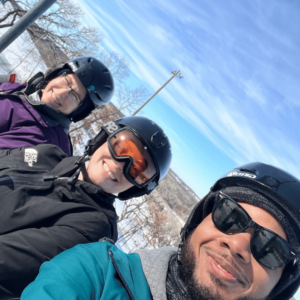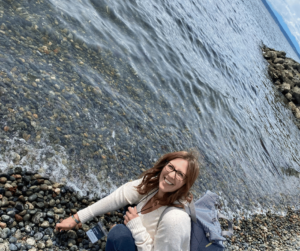Written by Geoffrey Gill
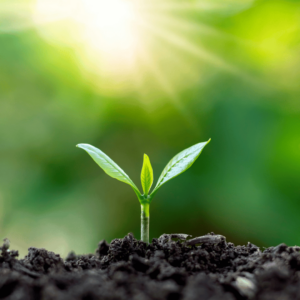 This year has been a remarkable journey as I’ve engaged with new congregations, forming fresh learning communities. What makes it even more special is the contrast to the previous year when many of these structures were already in place. Now, I find myself in the unique position of shaping the very fabric of our community.
This year has been a remarkable journey as I’ve engaged with new congregations, forming fresh learning communities. What makes it even more special is the contrast to the previous year when many of these structures were already in place. Now, I find myself in the unique position of shaping the very fabric of our community.
Meeting and getting to know these congregations has been a profound joy. Many resonate with the importance of being active neighbors and are receptive to reimagining their role within the broader church and community. This eagerness for transformation shines through, and it fills me with hope.
A recent podcast touched on grounding ourselves in the present to experience the fullness of God’s presence. In that sacred space, we tap into wisdom and the fruits of the spirit. This message resonated deeply with me, mirroring the longing I perceive in our congregations to evolve, build bridges, and courageously traverse them.
However, the journey isn’t without its challenges. The weighty topics of racial healing, restoration, and confronting prejudice can be difficult. These conversations can sometimes be met with resistance or unease. Yet, the silver lining is the willingness of many to delve into these issues, recognizing their gravity.
A central belief that guides me is that we are combating deep-seated evils that exist beyond mere human conflicts. This battle requires divine guidance and an inward transformation. The biblical message, “the truth shall make you free,” resonates here. True liberation comes from an internal shift, a spiritual renewal.
Much of our work is about showing up, being present, and immersing ourselves in the transformative power of the spirit. Through art forms, we have a medium to interpret the spirit’s movements, allowing for inward transformation. This is an ineffable process, one that’s difficult to articulate. But once clarity emerges, we are called to act, share, and continue the cycle of reflection and action.
In connecting with these congregations, I’ve been moved by their willingness to venture into the unknown, confront their perceptions, and reimagine their worldviews. Despite initial discomfort, there’s an evident zeal and anticipation for the journey ahead.

